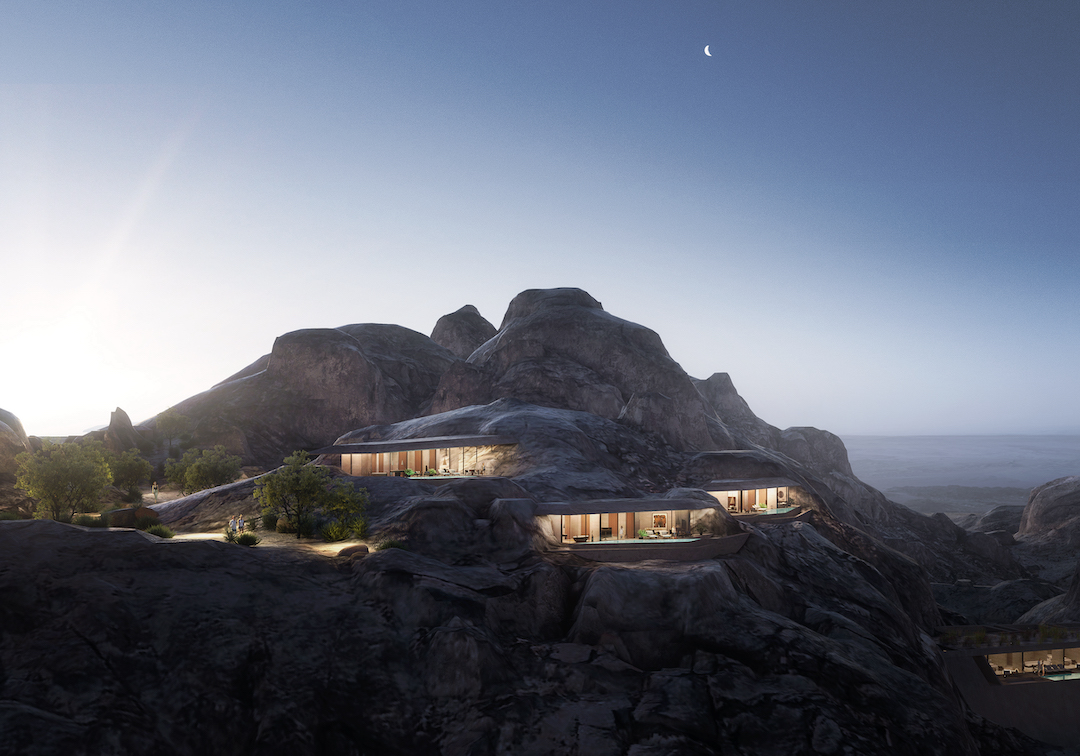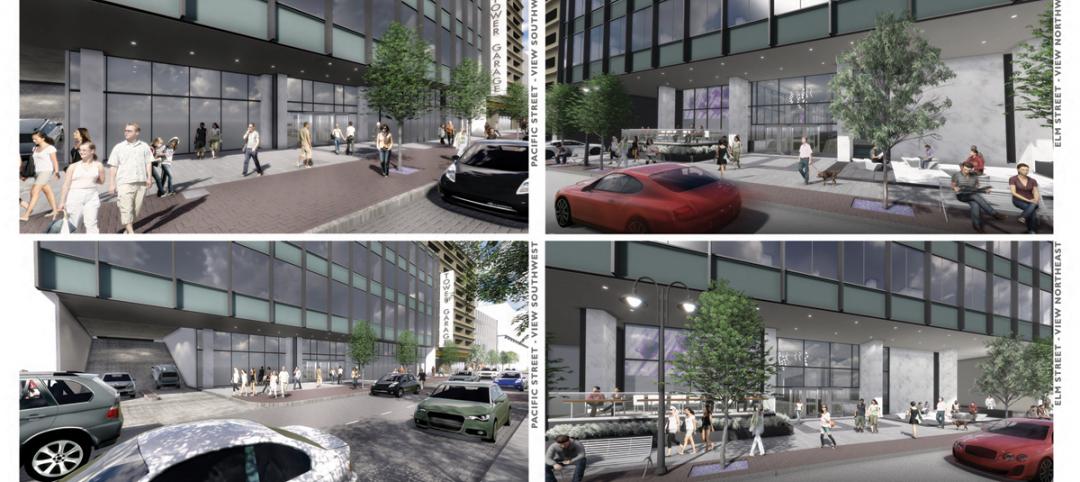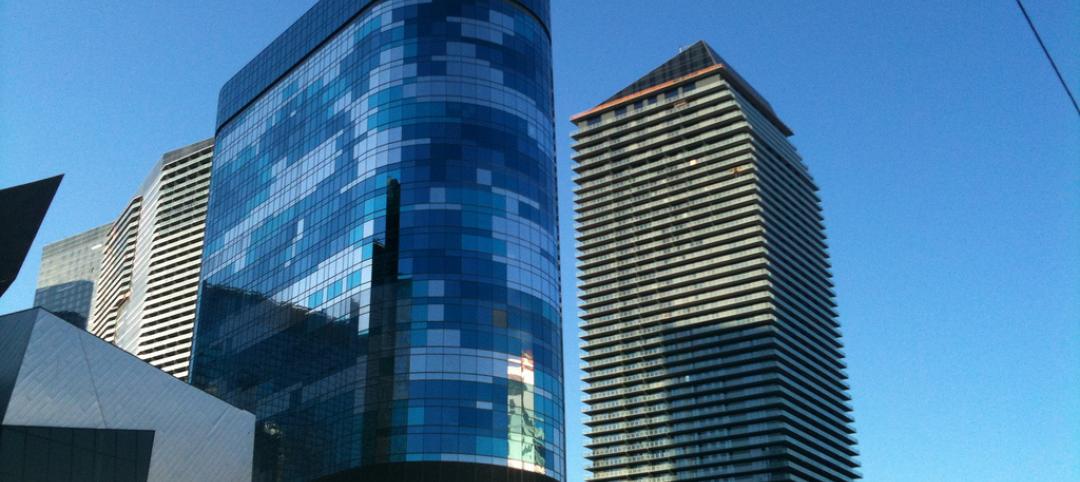A new resort has broken ground in Saudi Arabia with the goal of redefining the concept of sustainable architecture. Dubbed Desert Rock, the project is the first inland resort of The Red Sea Project, a destination comprising 50 resorts, 8,000 hotel rooms, and 1,000 residential properties across 22 islands and six inland sites.
The resort will not be built on a mountainside but will instead be carved directly into the ancient rock itself. The materials removed to carve into the site will then be reused to create the resort’s infrastructure.
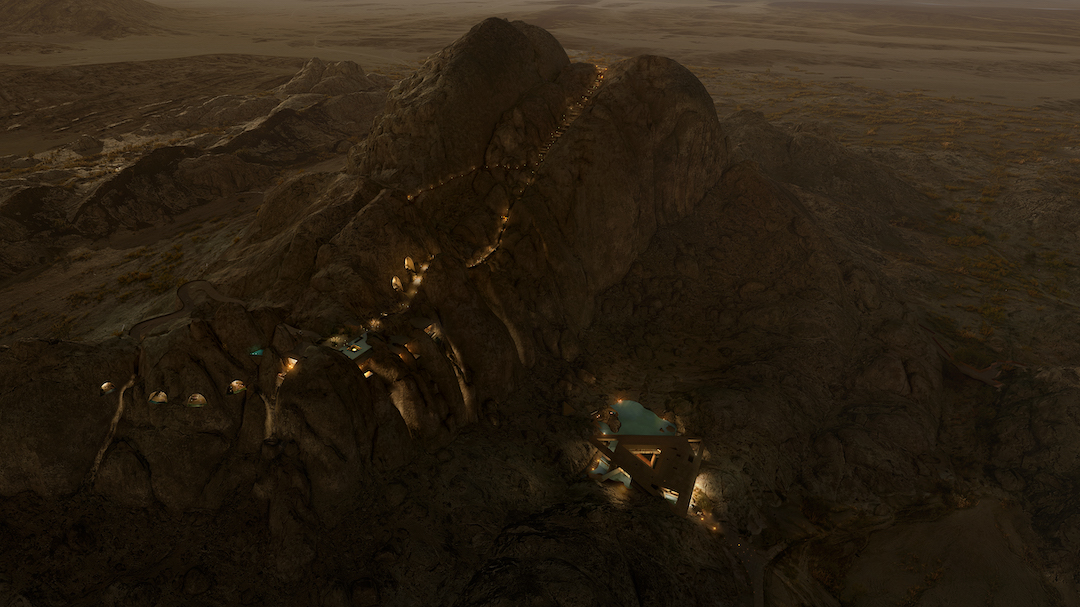
The ground stone and existing sand will be used for concrete aggregate, which will be the main building material for all the architecture. Using the excavated material to build the project will ensure that it will have the same integral colors as the surrounding landscape, further immersing the architecture in its setting. Water retention and distribution systems will be used throughout the site, with harvested rainwater used to create a more green, flourishing wadi.
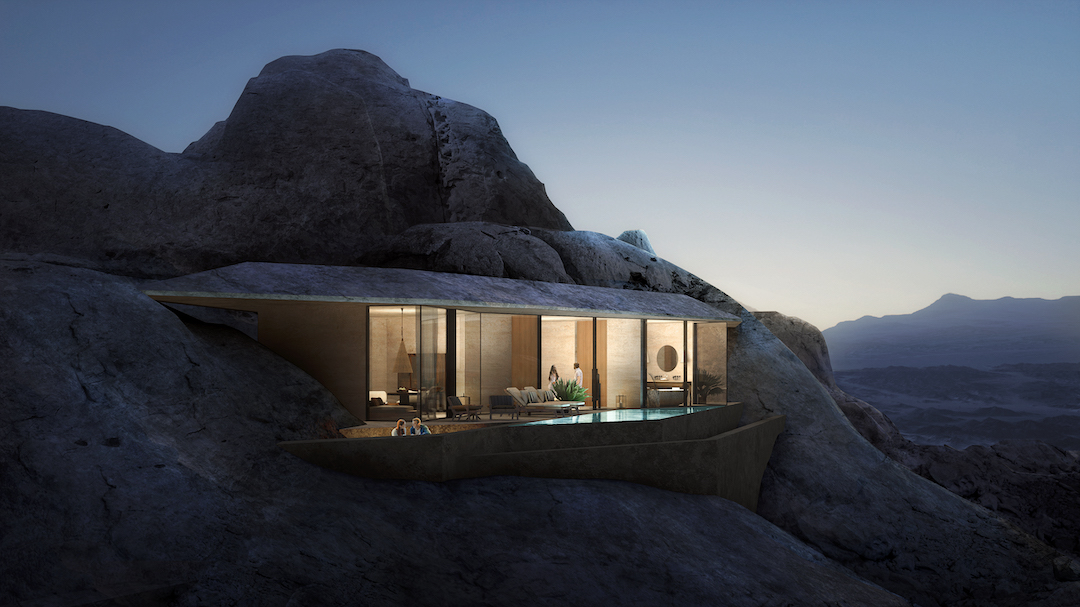
Desert Rock will feature 48 luxury villas and 12 hotel rooms that all offer panoramic views of the surrounding desert. A range of accommodation will be available, from ground level dwellings to crevice hotel suites midway up the mountain. A select number of excavated rooms will be located within the rock massif itself.
Resort amenities will include a spa and fitness center, remote destination dining areas, and a feature lagoon oasis. Guests will be able to hike, use dune buggies, and star gaze as part of the site-wide activities program.
Oppenheim Architecture designed the project. The Red Sea Development Company is the developer. Desert Rock is slated to welcome its first guests by the end of 2022.
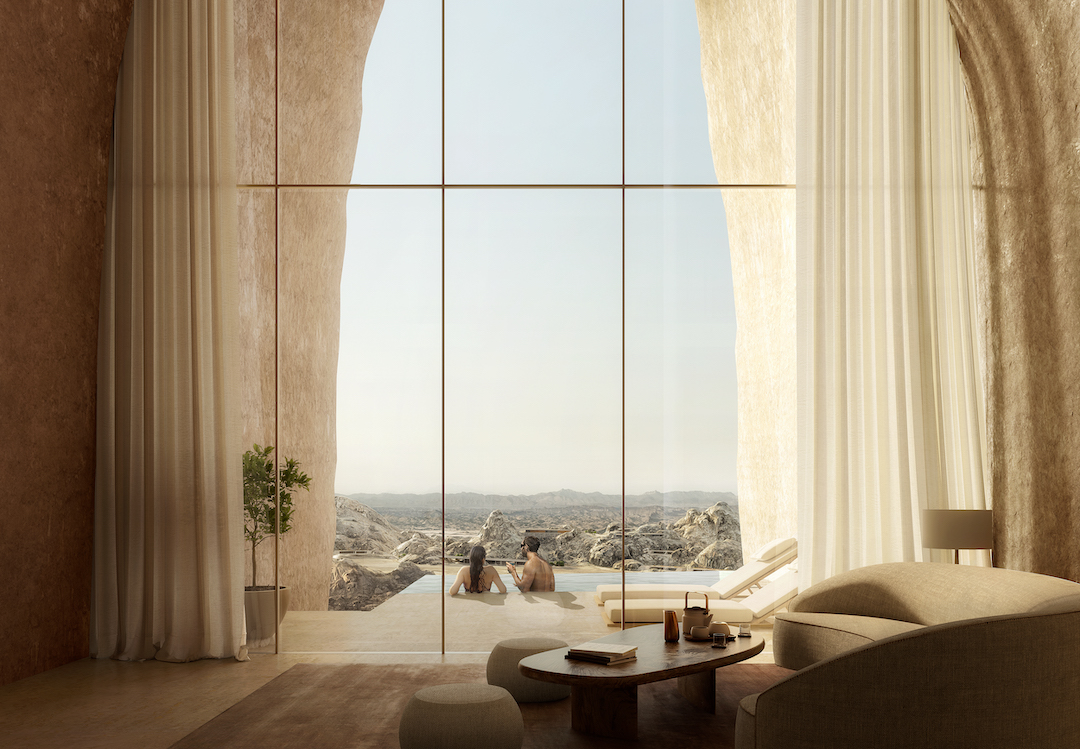
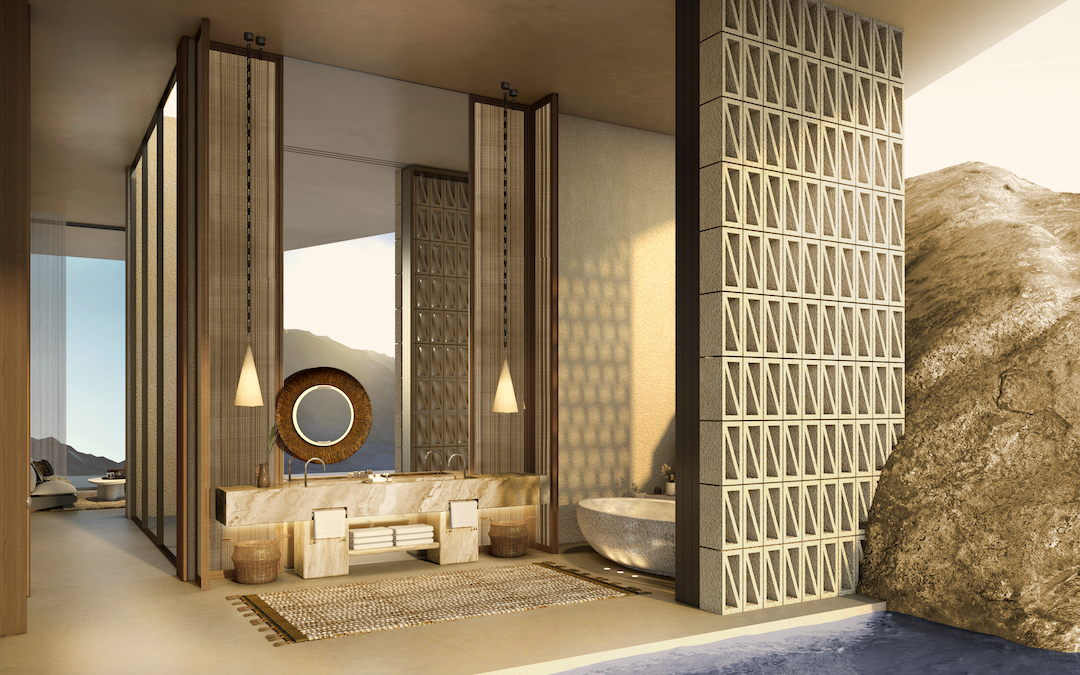

Related Stories
| May 30, 2014
Developer will convert Dallas' storied LTV Building into mixed-use residential tower
New Orleans-based HRI Properties recently completed the purchase of one of the most storied buildings in downtown Dallas. The developer will convert the LTV Building into a mixed-use complex, with 171 hotel rooms and 186 luxury apartments.
| May 29, 2014
7 cost-effective ways to make U.S. infrastructure more resilient
Moving critical elements to higher ground and designing for longer lifespans are just some of the ways cities and governments can make infrastructure more resilient to natural disasters and climate change, writes Richard Cavallaro, President of Skanska USA Civil.
| May 23, 2014
Top interior design trends: Gensler, HOK, FXFOWLE, Mancini Duffy weigh in
Tech-friendly furniture, “live walls,” sit-stand desks, and circadian lighting are among the emerging trends identified by leading interior designers.
| May 20, 2014
Kinetic Architecture: New book explores innovations in active façades
The book, co-authored by Arup's Russell Fortmeyer, illustrates the various ways architects, consultants, and engineers approach energy and comfort by manipulating air, water, and light through the layers of passive and active building envelope systems.
| May 20, 2014
World's best new skyscrapers: Renzo Piano's The Shard, China's 'doughnut hotel' voted to Emporis list
Eight other high-rise projects were named Emporis Skyscraper Award winners, including DC Tower 1 by Dominique Perrault Architecture and Tour Carpe Diem by Robert A.M. Stern.
| May 13, 2014
19 industry groups team to promote resilient planning and building materials
The industry associations, with more than 700,000 members generating almost $1 trillion in GDP, have issued a joint statement on resilience, pushing design and building solutions for disaster mitigation.
| May 12, 2014
10 highest-rated green hotels in the U.S.
The ARIA Sky Suites in Las Vegas and the Lenox Hotel in Boston are among the 10 most popular hotels (according to user reviews) to also achieve Platinum status in TripAdvisor's GreenLeaders program.
| May 11, 2014
Final call for entries: 2014 Giants 300 survey
BD+C's 2014 Giants 300 survey forms are due Wednesday, May 21. Survey results will be published in our July 2014 issue. The annual Giants 300 Report ranks the top AEC firms in commercial construction, by revenue.
| May 9, 2014
It's official: Norman Foster-designed Harmon hotel and casino to be razed due to structural issues
Construction of the Las Vegas tower was halted in 2008 after experts discovered faulty steel beams in the structure. Now its owner, MGM, has received permission to demolish the building.
| Apr 29, 2014
USGBC launches real-time green building data dashboard
The online data visualization resource highlights green building data for each state and Washington, D.C.


